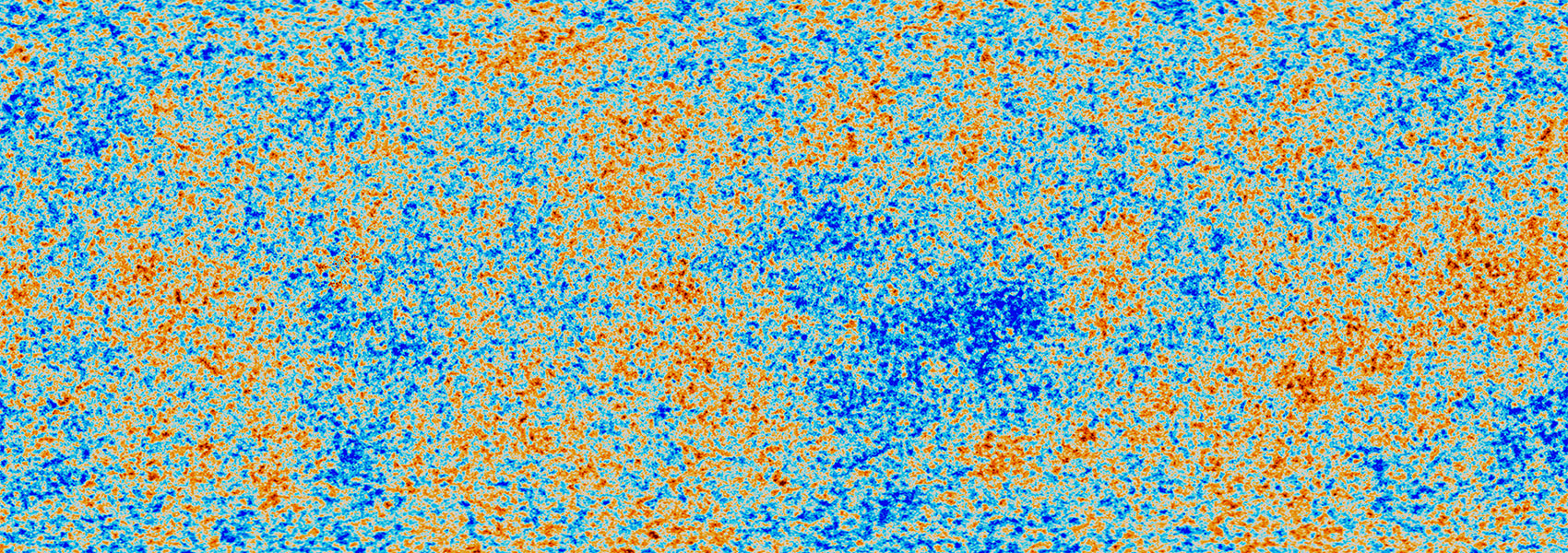November
2011
•
2011ApJS..197....3B
Authors
•
Buchhave, Lars A.
•
Latham, David W.
•
Carter, Joshua A.
•
Désert, Jean-Michel
•
Torres, Guillermo
•
Adams, Elisabeth R.
•
Bryson, Stephen T.
•
Charbonneau, David B.
•
Ciardi, David R.
•
Kulesa, Craig
•
Dupree, Andrea K.
•
Fischer, Debra A.
•
Fressin, François
•
Gautier, Thomas N., III
•
Gilliland, Ronald L.
•
Howell, Steve B.
•
Isaacson, Howard
•
Jenkins, Jon M.
•
Marcy, Geoffrey W.
•
McCarthy, Donald W.
•
Rowe, Jason F.
•
Batalha, Natalie M.
•
Borucki, William J.
•
Brown, Timothy M.
•
Caldwell, Douglas A.
•
Christiansen, Jessie L.
•
Cochran, William D.
•
Deming, Drake
•
Dunham, Edward W.
•
Everett, Mark
•
Ford, Eric B.
•
Fortney, Jonathan J.
•
Geary, John C.
•
Girouard, Forrest R.
•
Haas, Michael R.
•
Holman, Matthew J.
•
Horch, Elliott
•
Klaus, Todd C.
•
Knutson, Heather A.
•
Koch, David G.
•
Kolodziejczak, Jeffrey
•
Lissauer, Jack J.
•
Machalek, Pavel
•
Mullally, Fergal
•
Still, Martin D.
•
Quinn, Samuel N.
•
Seager, Sara
•
Thompson, Susan E.
•
Van Cleve, Jeffrey
Abstract
•
We present the discovery of a hot Jupiter transiting an F star in a close visual (0farcs3 sky projected angular separation) binary system. The dilution of the host star's light by the nearly equal magnitude stellar companion (~0.5 mag fainter) significantly affects the derived planetary parameters, and if left uncorrected, leads to an underestimate of the radius and mass of the planet by 10% and 60%, respectively. Other published exoplanets, which have not been observed with high-resolution imaging, could similarly have unresolved stellar companions and thus have incorrectly derived planetary parameters. Kepler-14b (KOI-98) has a period of P = 6.790 days and, correcting for the dilution, has a mass of Mp = 8.40+0.35 - 0.34 M J and a radius of Rp = 1.136+0.073 - 0.054 R J, yielding a mean density of ρ p = 7.1 ± 1.1 g cm-3.
Links





